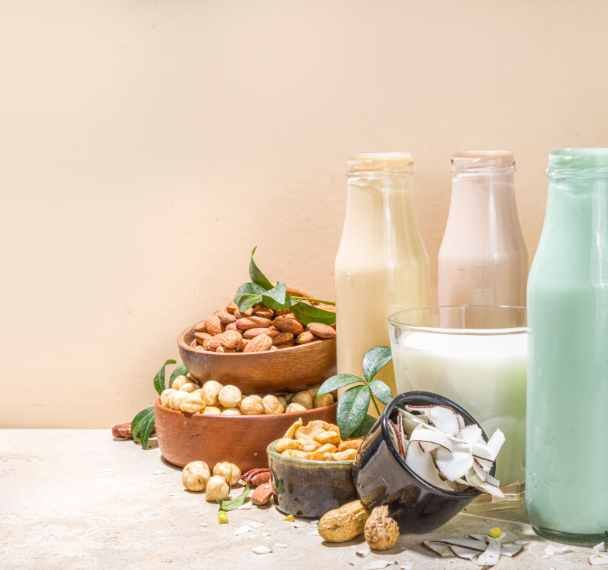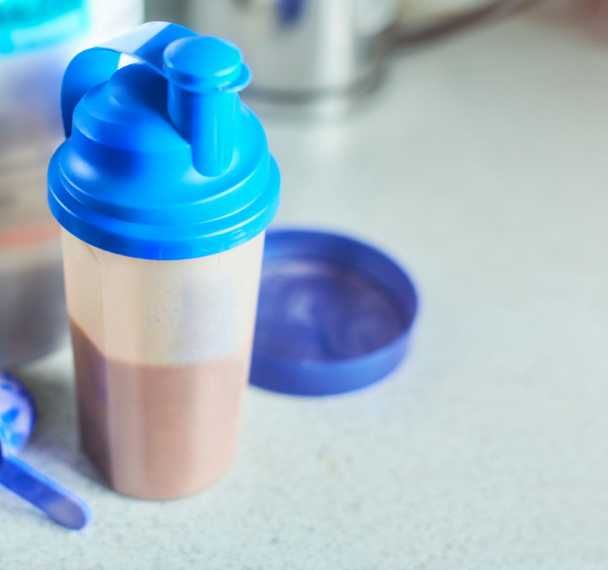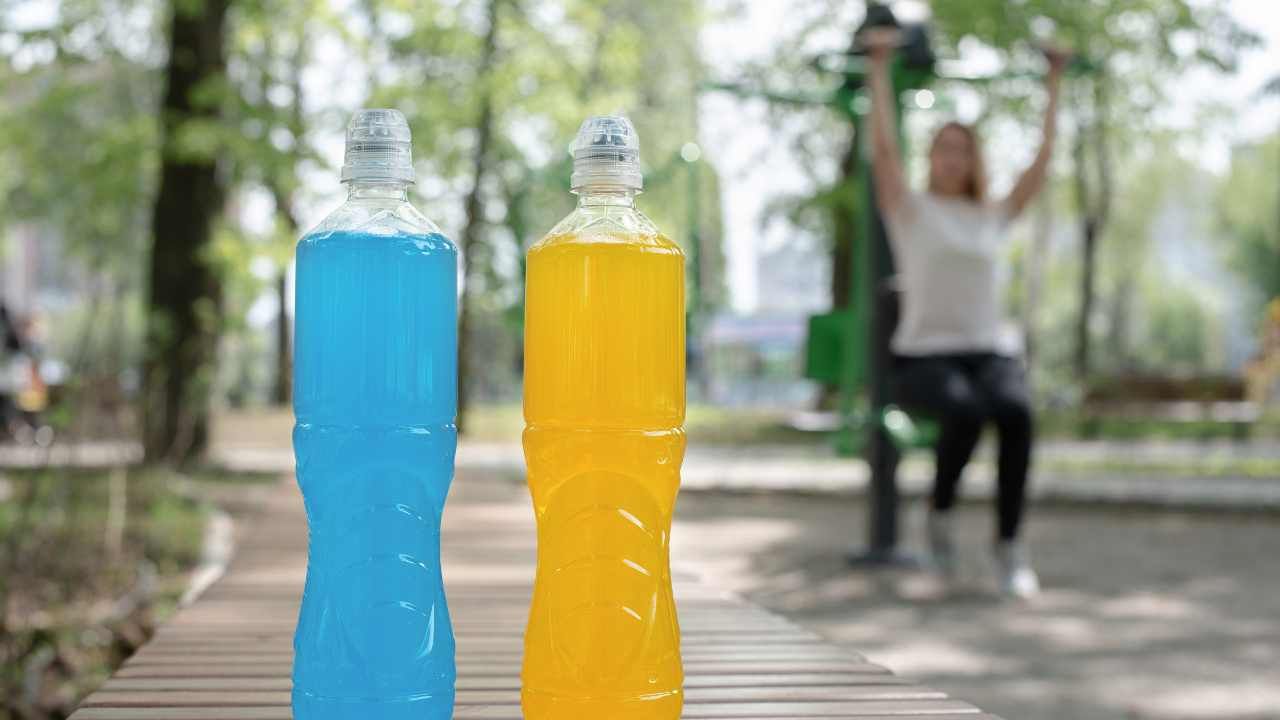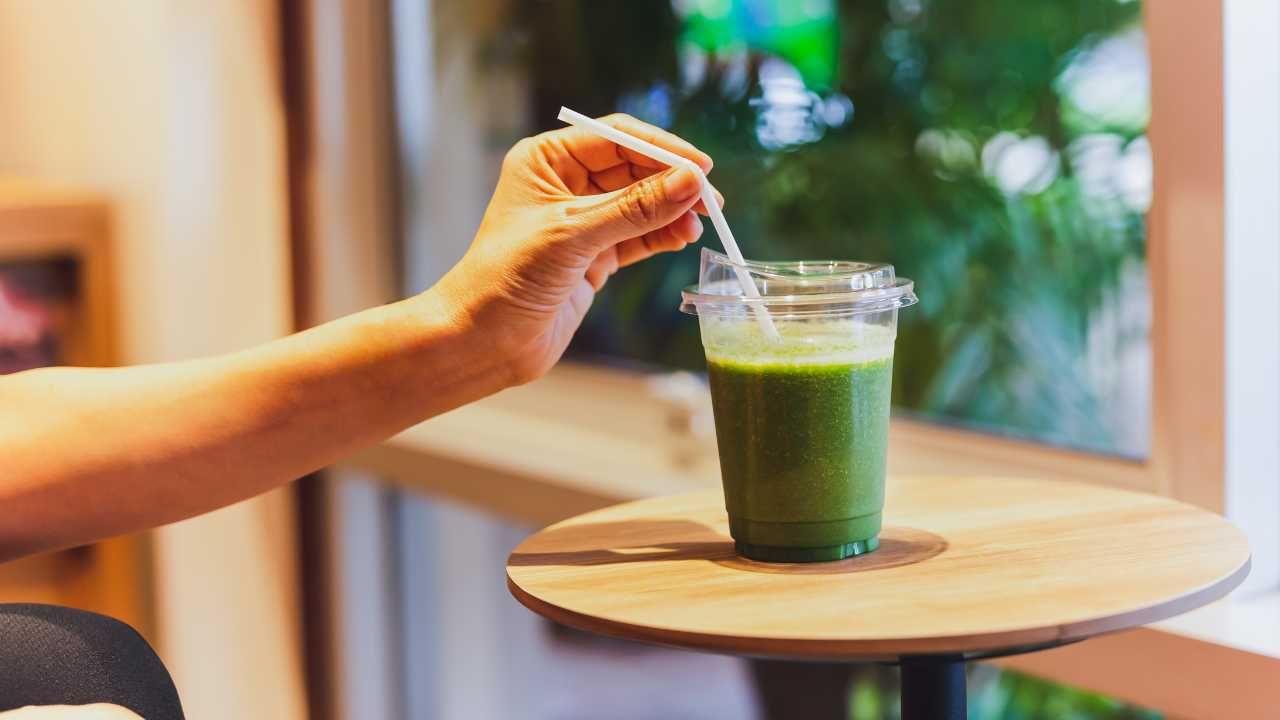Natural vs. Non-Natural Flavours: A Comprehensive Guide
Jul 06, 2023
Introduction
There is an ongoing debate that continues to stir up controversy: natural vs. non-natural flavours (or flavourings). With consumers becoming increasingly conscious of topics such as sustainability, transparency, naturality and health & wellbeing, this discussion has never been more decisive.
As a product developer, it is crucial to stay informed on these topics and understand how they impact your businesses and product decisions.
In today's blog post, we'll explore the intricacies of natural vs. non-natural flavours, exploring their nuances, challenges, and opportunities, and offering insights to help you make well-informed decisions for your target consumers.
What is a flavour?

Bear in mind that flavours legislation is constantly reviewed and some countries will follow a different flavours legislation, in this blog we will only refer to the European legislations: Flavouring Ingredients EC (1334/2008) also followed by the UK.
Natural flavours
Natural flavours are mainly a mix of:
Dozens of isolated natural flavour molecules, known as natural flavour substances. These are extracted or processed from vegetable, animal, or microbiological sources through traditional food preparation methods such as physical, enzymatic, or microbiological processes.
For example, natural vanillin adds creaminess and sweetness and is characteristic of vanilla flavours, while natural ethyl butyrate contributes fruity notes to fruity flavours such as strawberry.
Natural preparations: These are obtained from plant, animal, or microbiological sources through appropriate physical, enzymatic, or microbiological processes, (e.g. extraction, distillation).
Examples include essences, extracts, essential oils, and juices like vanilla extract or orange essential oil.
One of the main differences between natural flavours lies in the percentage of natural preparations they contain:
🔸Extracts, essences, essential oils: 100% natural preparations
🔸Natural X flavouring (e.g. Natural strawberry flavouring): contain 95% natural preparations
🔸Natural X flavouring with other natural flavourings: contain 51%-95% natural preparations
🔸Natural flavouring: 0-50% natural preparations
Food-grade solvents are used as carriers to blend flavour molecules and natural preparations effectively, such as propylene glycol (PG), triacetin, vegetable oils, ethanol.
Non-natural flavours
Non-natural flavours primarily consist of a combination of:
Dozens of isolated flavour molecules, known as flavour substances, which are either produced in a laboratory through chemical synthesis or extracted using chemical processes.
For instance, non-natural vanillin was the most widely used flavour substance in numerous applications, particularly in bakery and dairy products. Non-natural ethyl butyrate contributes the same fruity notes as a natural ethyl butyrate to fruity flavours such as strawberry.
Natural preparations: These are obtained from plant, animal, or microbiological sources through appropriate physical, enzymatic, or microbiological processes, (e.g. extraction, distillation).
Examples include essences, extracts, essential oils, and juices like vanilla extract or orange essential oil.
Food-grade solvents are used as carriers to blend flavour molecules and natural preparations effectively, such as propylene glycol (PG), triacetin, vegetable oils, ethanol.
So what’s the difference?

Both natural and non-natural flavours are made up of chemical substances created through chemical processes. The differentiation between natural and non-natural flavours lies in the source and extraction process of these flavour substances. Non-natural flavour substances, although often molecularly identical to those found in nature and used in natural flavourings, are synthesised in a laboratory.
Some of the key aspects to understand about flavour molecules is that not all molecules can be obtained naturally. Some molecules, which give nutty, biscuity, or wheaty characteristics to a flavour, are either extremely expensive or impossible to acquire naturally.
In terms of flavour intensity, approximately 90% of extracts and essences exhibit a low intensity due to the source material or extraction method employed. As a result, for impactful natural flavours, it's recommended to opt for natural flavourings with minimal natural preparations or non-natural alternatives.
For applications, both natural and non-natural flavourings may have limited dosages due to solvents or restricted molecules. These flavourings can be potentially flammable, hazardous, and chemically reactive, as they are often in highly concentrated forms.
Sustainability & growing demand for naturalness

Consumer demand for natural products is high, stemming from prevalent health and wellness trends that continue to grow with Generation Z. This desire to avoid artificial ingredients in food and beverages reflects a confused understanding of the term "natural" among consumers. The definition of "natural" varies, encompassing ideas such as "free of chemicals”, "freshly made," "traditional," "homemade," and "healthy."
Labels of "natural" flavouring on packaging can often lead consumers to assume superior quality and authentic taste; however, they do not necessarily guarantee these attributes. As mentioned earlier, creating a natural flavour may involve solvents or other chemicals, which can deviate significantly from consumers' perception of what is considered "natural."
In terms of sustainability, natural flavours, especially natural preparations, are mainly dependent on crop and climate conditions. For instance, a hurricane devastated most vanilla plantations in Madagascar a few years ago, leading to a scarcity of vanilla. This caused significant disruption throughout the supply chain. Unfortunately with climate changes, such problems are expected to increase in the future.
The extraction of extracts, essences and essential oils often involves a low-yield process, requiring large amounts of food sources and generating significant waste. For example, 4-5 tonnes of rose petals are needed to produce just 1 kg of rose essential oil.
Generally speaking, non-natural flavours are more sustainable than their natural counterparts, including extracts, essences, essential oils, natural X flavouring and natural X flavouring with other natural flavourings. Nonetheless, there is a negative perception of non-natural flavours among consumers, even though scientific data does not support these concerns as flavour molecules are constantly reviewed by regulations and deemed safe for consumption.
Sustainability is vital for the flavour industry, as climate change may drastically affect crop yields in the future. As a result, the availability of natural ingredients and flavour molecules could be at risk. The flavour industry must innovate and invest in new technologies and processes to adapt to these challenges and produce sustainable flavours.
For instance, Symrise is already considering the future of various crops by employing innovative technologies and agricultural methods. Mane has developed a ground breaking, eco-friendly tool called Green Motion, which is accessible to everyone. It evaluates a flavour or even a finished product based on its sustainability, taking into account raw materials and solvents used, their toxicity, process yield, energy consumption, and waste generated. This approach could pave the way for sustainable natural flavourings in the future as demand for naturalness from consumers keeps growing.
It is essential for the food and beverage industry to make informed choices and educate their consumers on sustainable ingredients including flavours.
Conclusion
In conclusion, the differentiation between natural and non-natural flavours lies in their source and extraction processes. However, it's essential to consider factors such as flavour intensity and availability when choosing between these options. While natural flavourings may be preferred, due to consumer perception, certain characteristics can be challenging or costly to obtain naturally, making non-natural alternatives a more feasible option for some applications.
Non-natural flavours may also offer a more sustainable alternative given the potential challenges of climate change on natural flavour availability. However, as the demand for naturalness grows, innovations such as Green Motion could lead to a more sustainable future for natural flavourings.
As always with flavours, when choosing between natural or non-natural options, weigh the cost and taste implications of your decision if you want to ensure a flavourful product.
Link to related blogs you may enjoy
🔶The Magic of Aroma Compounds: How They Shape Our Food Experience
🔶A Journey of Flavours: How a London Food Safari Will Broaden Your Culinary Horizons
🔶Finding Harmony in Chaos: The Art and Science of Flavour Pairing
🔶Mastering Your Palate: How to Use a Flavour Lexicon
References
Previous experience includes working at a flavour house, where I received comprehensive flavour trainings.
European legislations: Flavouring Ingredients EC (1334/2008) https://www.legislation.gov.uk/eur/2008/1334/contents
European flavour association (EFFA) https://effa.eu/eu-legislation/flavouring-legislation
British Society of Flavourists https://www.bsf.org.uk/








